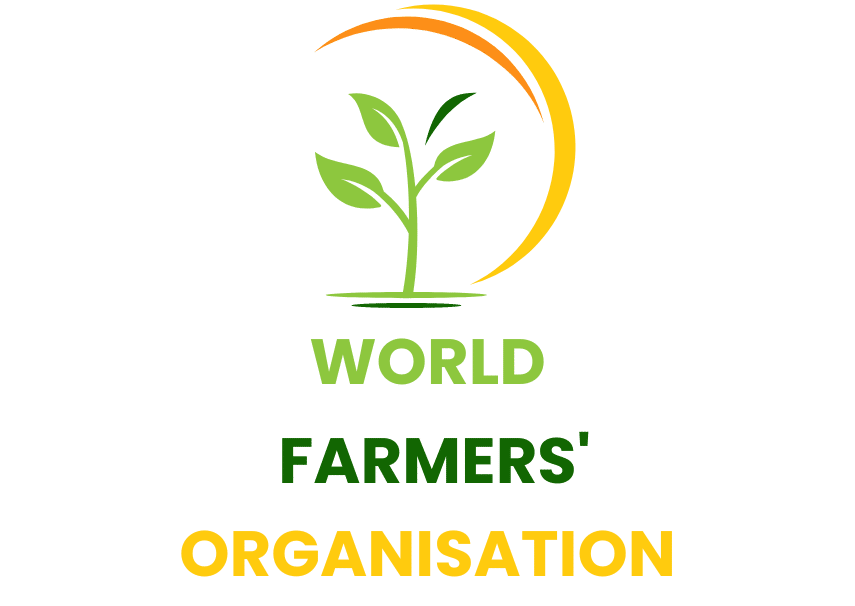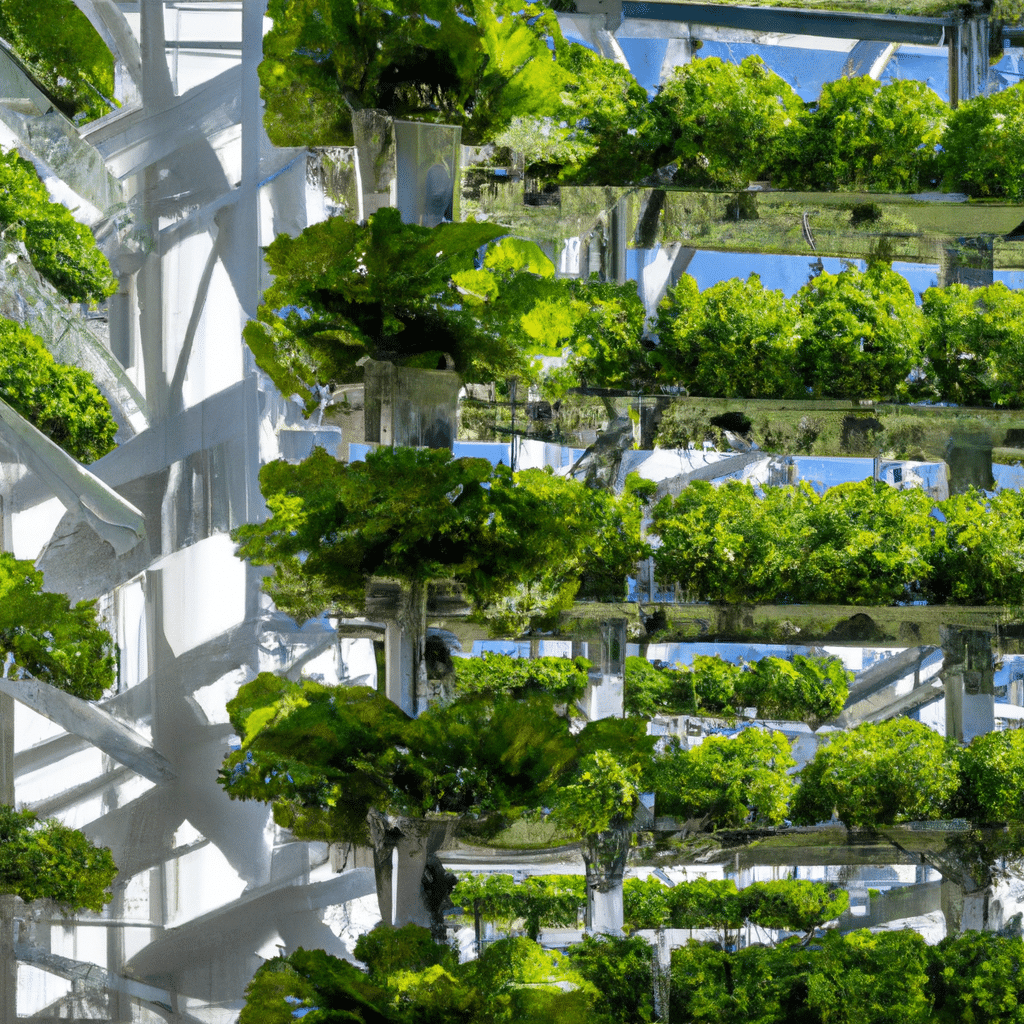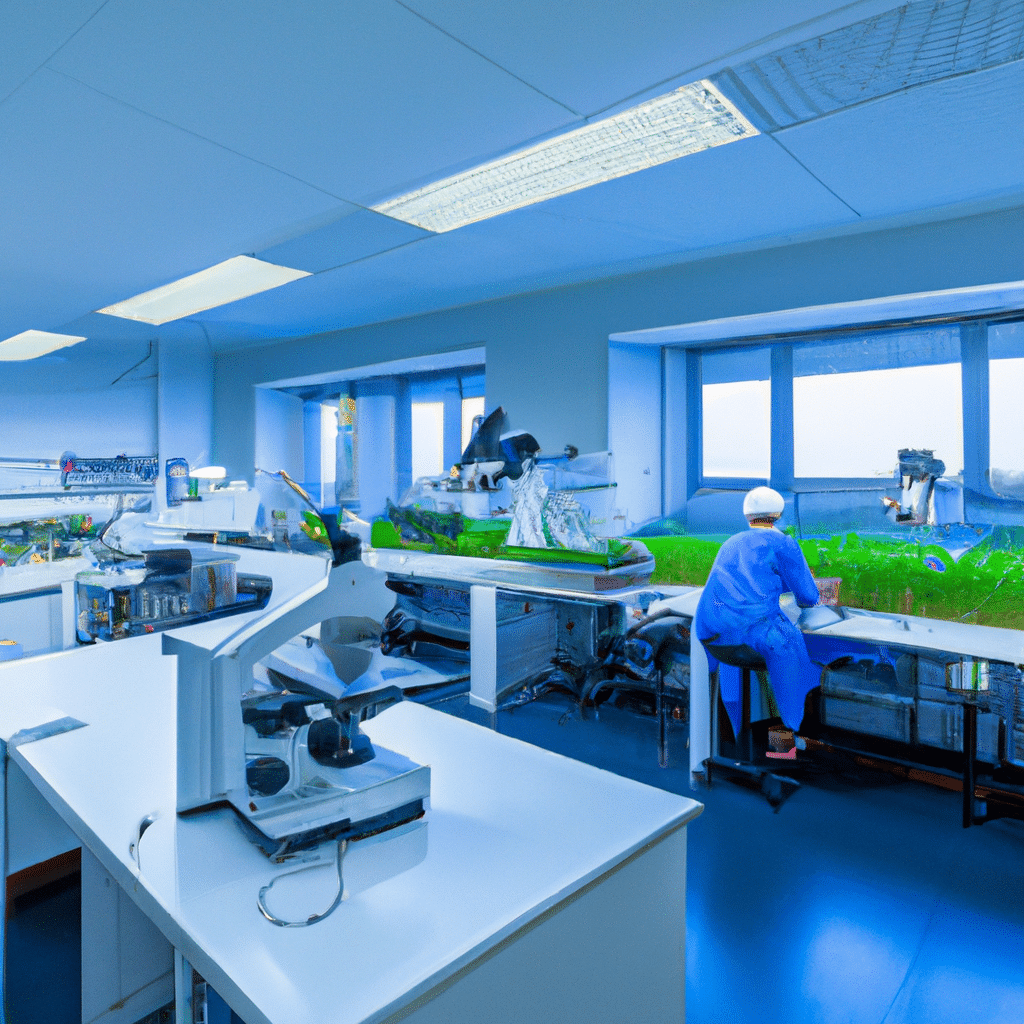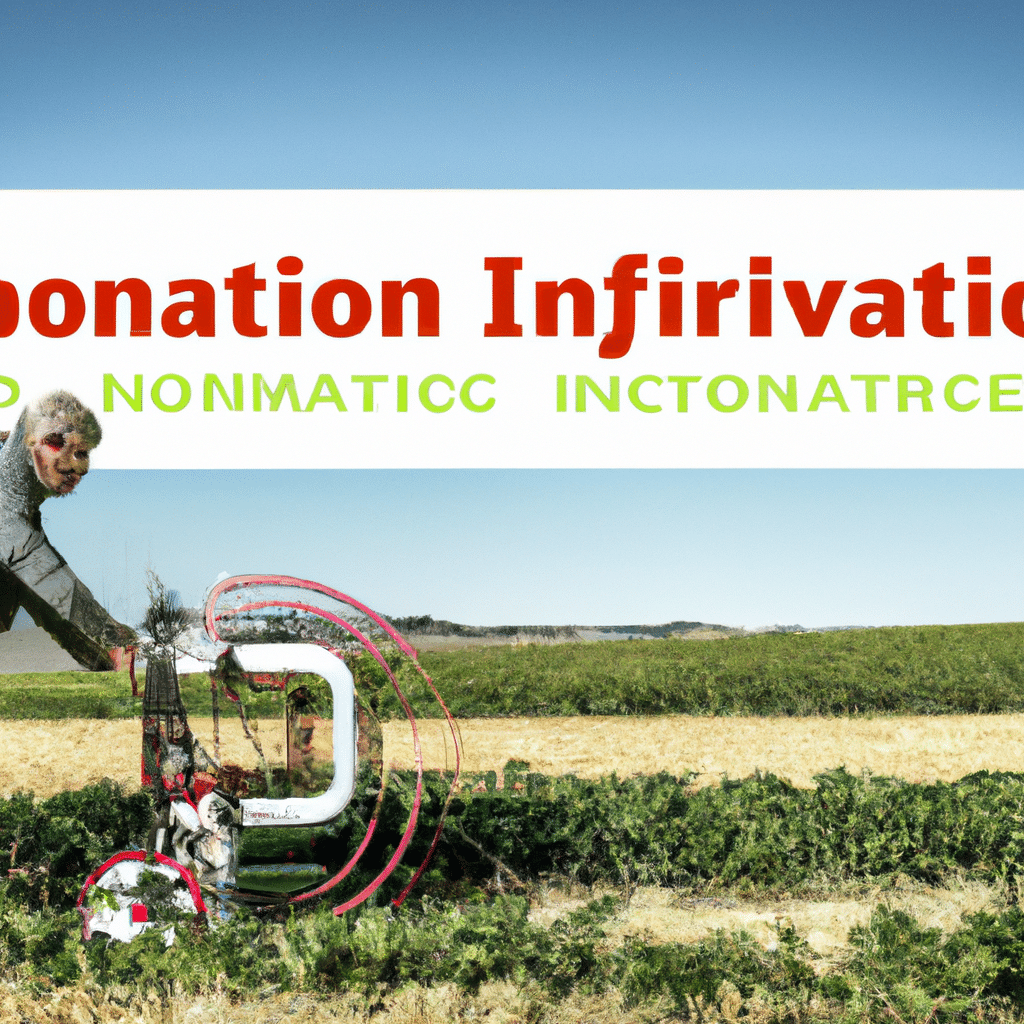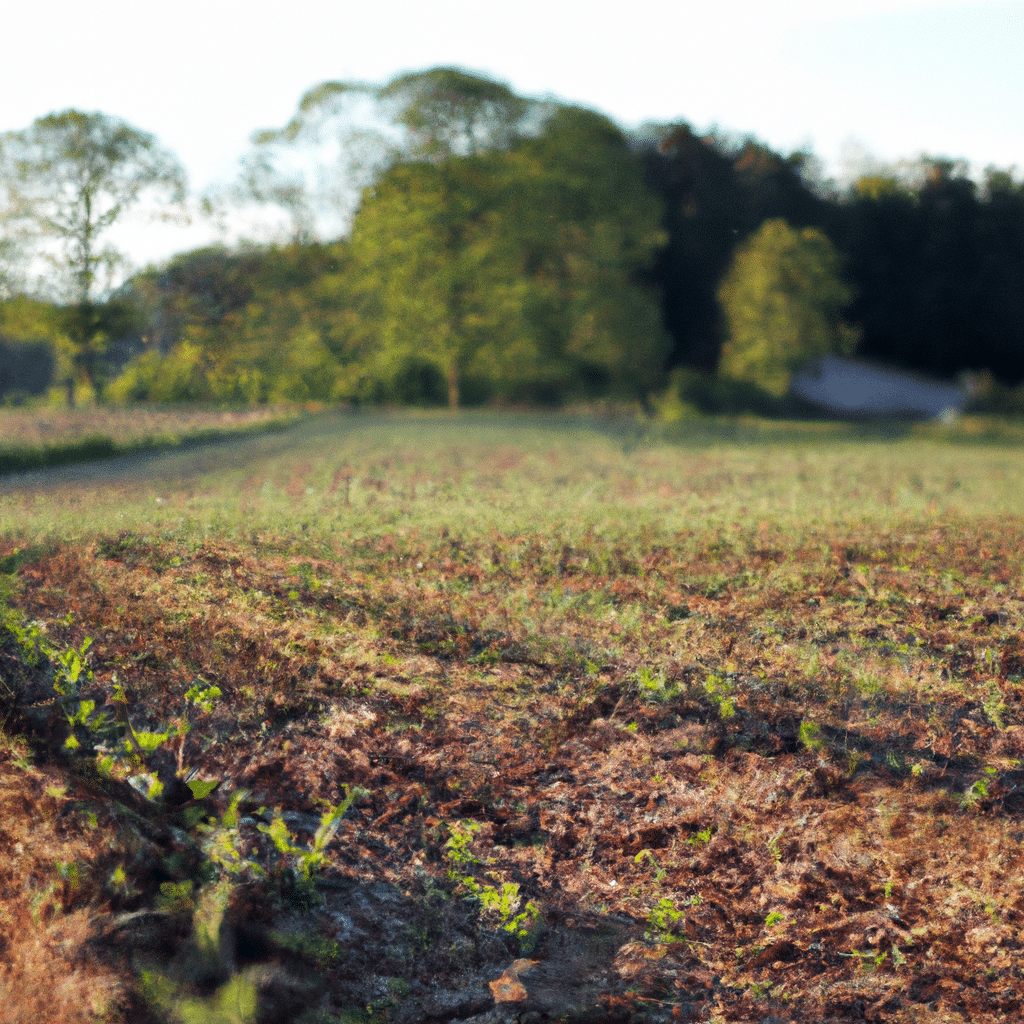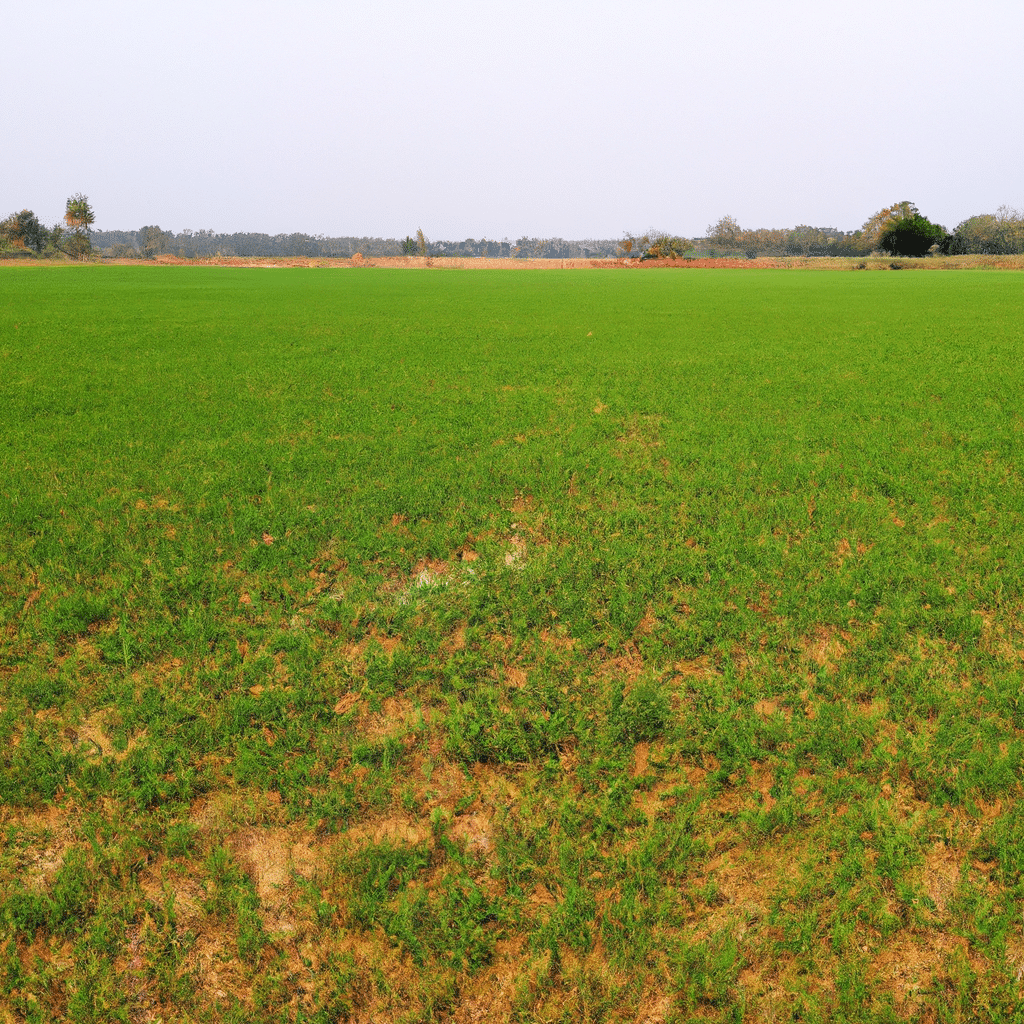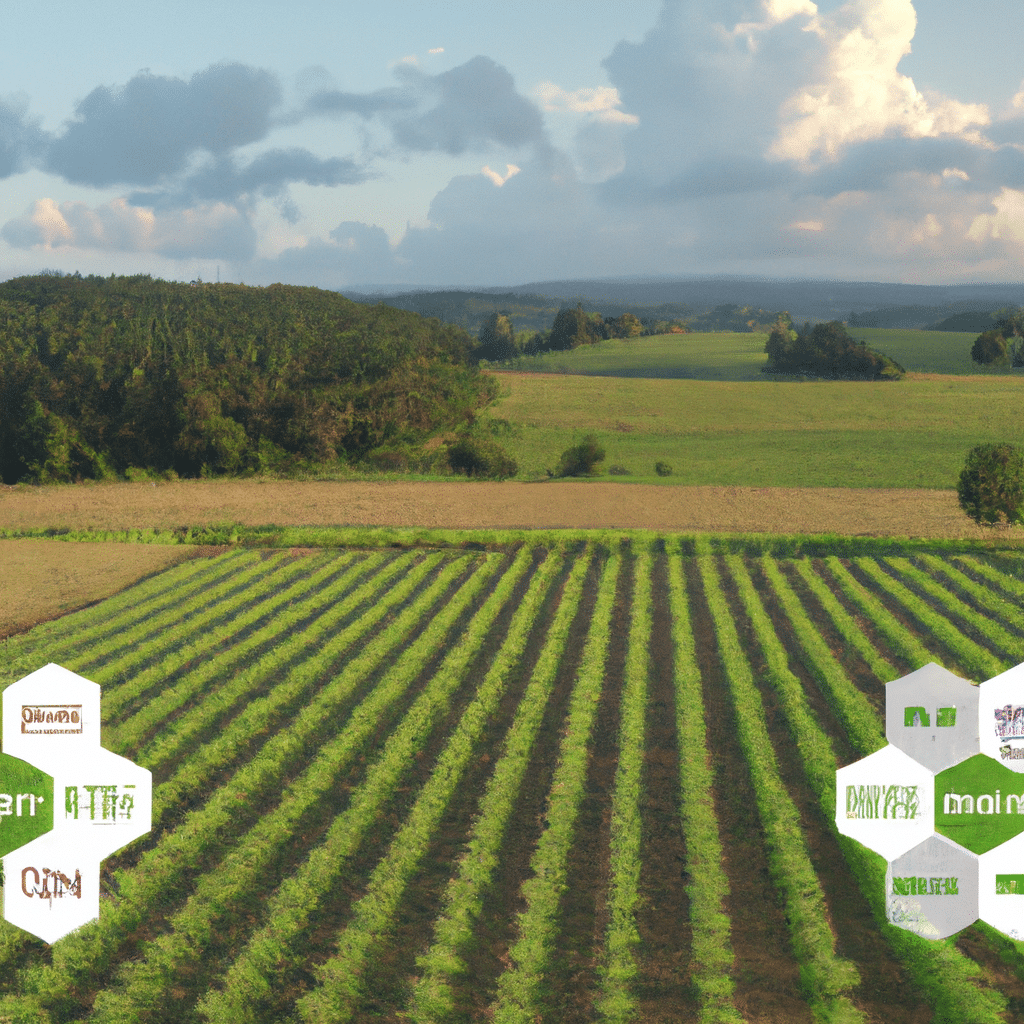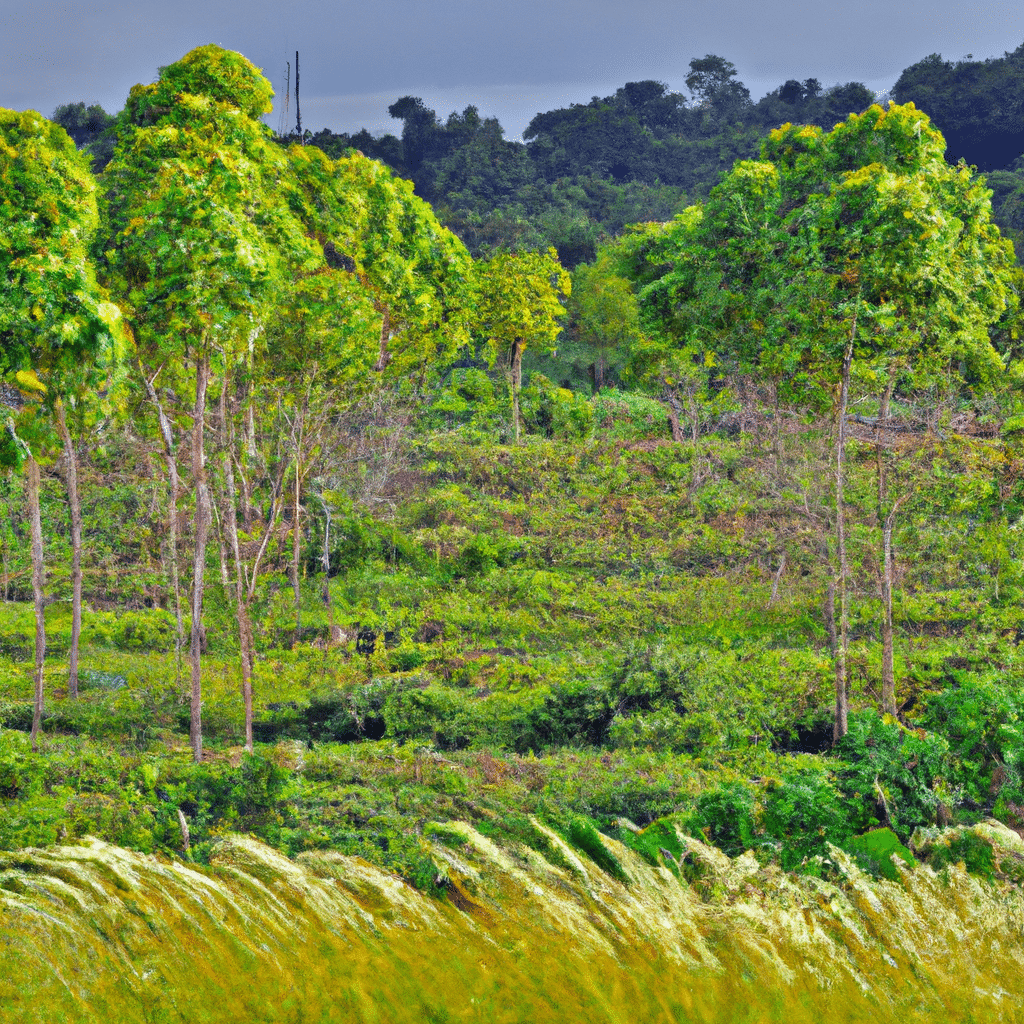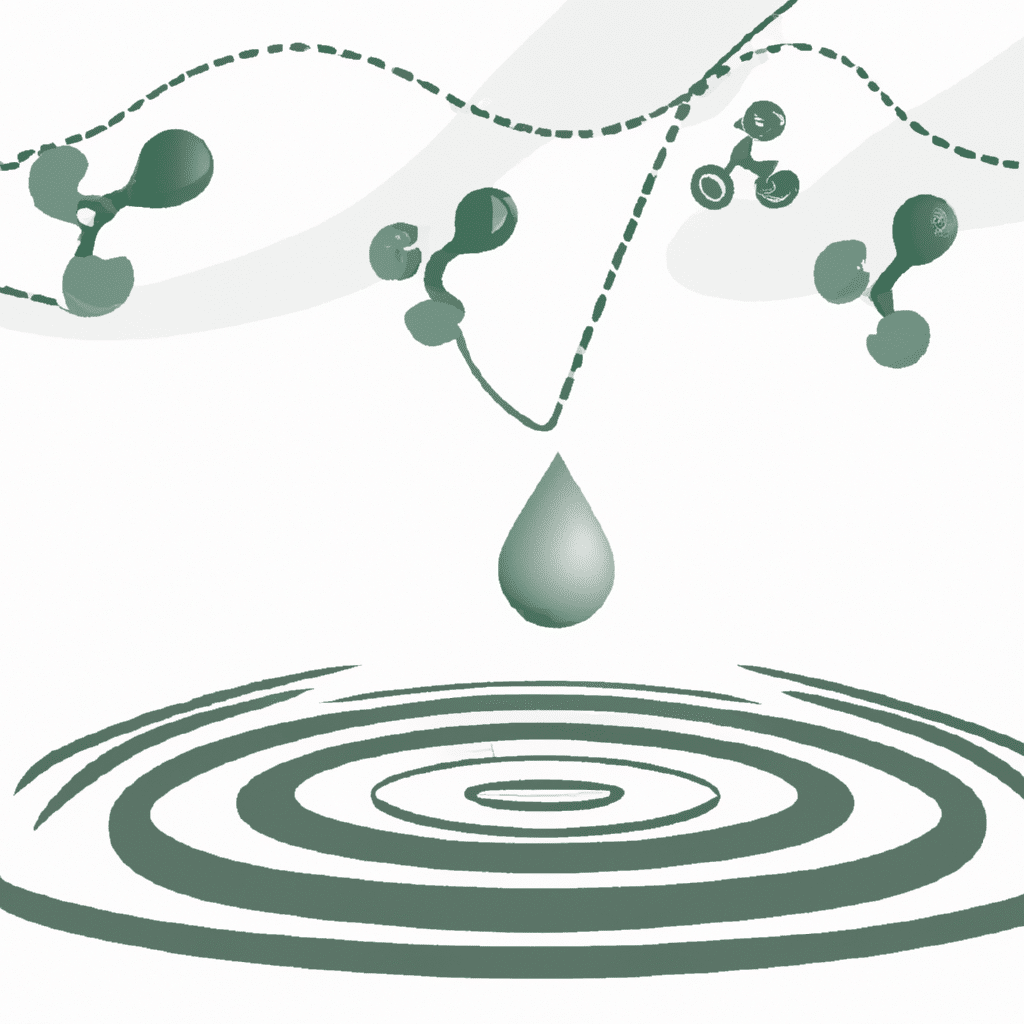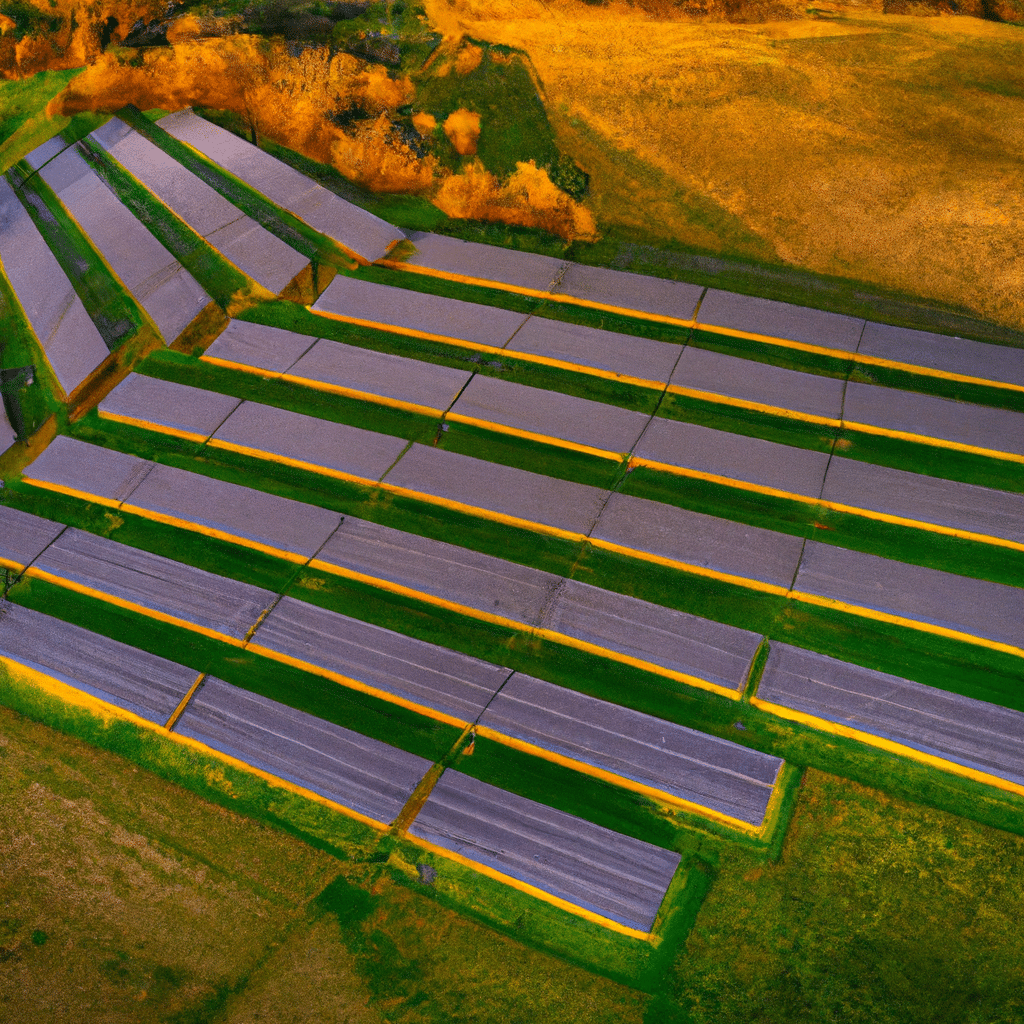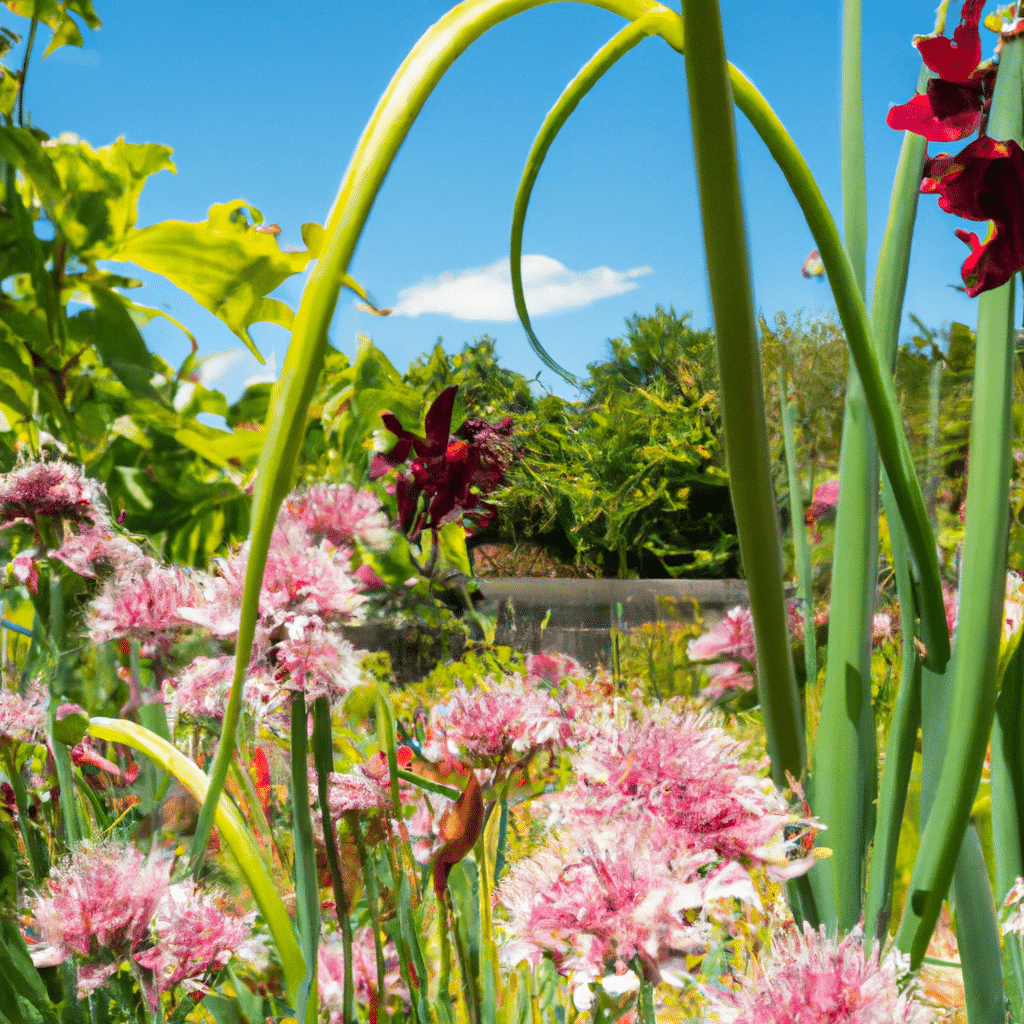Welcome to our comprehensive guide on biodynamic farming, a holistic approach to agriculture that goes beyond organic practices. In this article, we delve into the principles, benefits, and techniques of biodynamic farming. By understanding this innovative method, you can gain valuable insights into sustainable and regenerative farming practices. Join us as we explore the fascinating world of biodynamic farming and its potential to revolutionize the way we grow our food.
The Origins of Biodynamic Farming
Biodynamic farming traces its roots back to the early 20th century when Austrian philosopher Rudolf Steiner introduced a series of lectures on agriculture known as the “Agriculture Course.” These lectures laid the foundation for a holistic approach to farming that takes into account the interconnectedness of soil, plants, animals, and the cosmos.
Steiner emphasized the importance of viewing the farm as a self-sustaining ecosystem, where every element plays a vital role in maintaining balance and harmony. Biodynamic farming aims to enhance the vitality of the soil, promote biodiversity, and foster a deep connection between nature and agriculture.
The Principles of Biodynamic Farming
- Holistic Ecosystem: Biodynamic farming recognizes the farm as a self-contained, interconnected ecosystem. It emphasizes the interdependence of soil, plants, animals, and humans, fostering a holistic approach to agriculture.
- Organic Practices: Biodynamic farming builds upon organic practices, ensuring that no synthetic chemicals or genetically modified organisms (GMOs) are used. Instead, it promotes natural methods of pest and weed control, composting, and crop rotation.
- Biodiversity: Emphasizing the importance of biodiversity, biodynamic farmers strive to create a rich and diverse habitat for plants, animals, and beneficial insects. This diversity contributes to the overall health and resilience of the farm.
- Cosmic Rhythms: Biodynamic farming recognizes the influence of celestial rhythms on agricultural activities. Planting, harvesting, and other farming tasks are timed according to lunar and cosmic cycles, harnessing the energy and natural rhythms of the cosmos.
- Biodynamic Preparations: Biodynamic farmers prepare and apply specific herbal and mineral preparations to enhance soil fertility, stimulate plant growth, and increase the vitality of the farm. These preparations are made using natural substances and traditional methods.
- Regenerative Practices: Biodynamic farming aims to regenerate the soil, rather than deplete it. Through practices such as cover cropping, composting, and crop rotation, biodynamic farmers strive to improve soil structure, fertility, and overall health.
- Farm as an Individual Entity: Each biodynamic farm is considered a unique individual entity with its own distinct characteristics. The farmer works in harmony with the farm’s specific conditions, adapting practices to suit the local environment.
Benefits of Biodynamic Farming
- Enhanced Soil Quality: Biodynamic farming focuses on improving soil health and fertility through organic practices. By nurturing the soil with compost, cover cropping, and biodynamic preparations, farmers can create a thriving ecosystem that supports plant growth and nutrient availability.
- Nutrient-Dense Food: Biodynamic farming prioritizes the quality of the food produced. Studies have shown that biodynamically grown fruits and vegetables tend to have higher levels of essential nutrients, vitamins, and minerals compared to conventionally grown counterparts.
- Promotes Biodiversity: By fostering a diverse and balanced ecosystem, biodynamic farming creates a habitat that supports a wide range of plant and animal species. This biodiversity helps to minimize pest and disease pressures naturally, reducing the need for chemical interventions.
- Regenerative Agriculture: Biodynamic farming is at the forefront of regenerative agriculture practices. By focusing on soil regeneration, carbon sequestration, and water conservation, biodynamic farmers contribute to the overall sustainability and resilience of the ecosystem.
- Holistic Approach: Biodynamic farming takes a holistic approach to agriculture, considering the farm as a whole entity. This interconnectedness between soil, plants, animals, and humans leads to a more balanced and sustainable farming system.
- Resilience to Climate Change: Biodynamic farming practices, such as crop rotation and cover cropping, help build resilience against climate change. The diverse and healthy soil ecosystem can better withstand extreme weather events and adapt to changing conditions.
- Environmental Stewardship: Biodynamic farming promotes environmental stewardship by prioritizing the use of natural resources, minimizing waste, and reducing the carbon footprint of agricultural practices. It aims to leave a positive impact on the environment and future generations.
Conclusion
Biodynamic farming offers a holistic and regenerative approach to agriculture that goes beyond organic practices. By embracing the interconnectedness of soil, plants, animals, and the cosmos, biodynamic farmers can create thriving ecosystems that promote biodiversity, enhance soil quality, and produce nutrient-dense food. As we continue to face environmental challenges, biodynamic farming stands as a beacon of sustainable and resilient agricultural practices. Embrace the principles of biodynamic farming, and together, we can cultivate a healthier and more balanced future for our planet.
